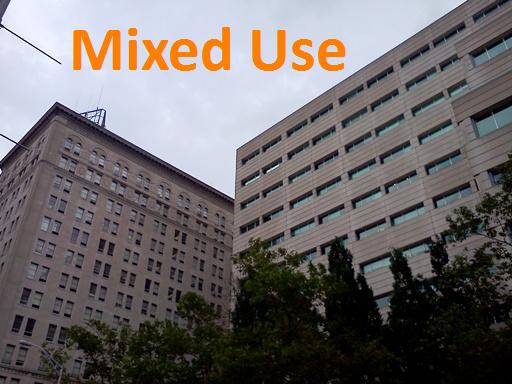Have you ever noticed that in the idealized world of movies and television (and even in our vacation lives) that no one works in, lives in, or visits the suburban hell we so overwhelmingly build and actually live and work in? Unless it seems, the movie is about some psychotic killer, deranged neighbors or what hell suburban life is? Why is this? Why in God's good name do we persist in building this stuff when it's pretty apparent we hate it?
In the movies and on our vacations, we wish for and visit idyllic small towns where we can wake up in the morning, walk to the store to grab a cup of coffee and say hello to our neighbors along the way. Look, I know this isn't really news but I don't ever recall reading about someone else pointing out (except to myself many times over the years) that we have a classic case of our actions and desires being completely out of sync with each other. Do you know anyone that makes plans to vacation in the suburbs of, say, Kansas City...or Atlanta...or anywhere? And visits to friends and relatives for the holidays DO NOT count. I'm talking a plan-a-trip, get-away-for-vacation vacation. We chose quaint seaside villages, hamlets nestled in the mountains, gorgeous historic towns or awe-inspiring cities (OK...there are those who for some reason actually go to Mall of America for vacation but that's an anomaly).
I've lived in a quaint village, in a big city and yes, the suburbs. Actually, for the most part, I'm a product of suburban life...often wish I wasn't but am. It's hard to deny the good schools often found there, but why does it seem so hard to build something a little more....human? Of course there are myriad reasons, a large one being the Euclidean zoning mostly put in place after WWII. Lord only know how many acres of land have been paved for parking at strip malls and shopping centers that goes totally unused because it's too damn far away from the stores. During one or two weeks a year before the holidays some of those spots might actually see a car, but what happened to the old expression "You don't build the church for Easter Sunday"?
The TND movement (Traditional Neighborhood Development) is great, but I have two problems with it that are distinct from each other. The first is that most actual, quaint villages happened organically over a long period of time hence the mish-mash of architecture, big trees and charming-but-often-dangerous spider web of streets (most of which happened by accident to accommodate horse and cart traffic, not cars). TND's are planned in total all-at-once and the result is a sometimes unsettling, close-but-not-quite approximation. The second challenge with TNDs is that, much like anything, they tend to suffer from "design drift". Not necessarily in any one TND, but over time as a genre of development. The more well-known TNDs like The Kentlands (below) in Gaithersburg, MD or Seaside in FL work pretty well because a lot of attention was paid to detail and they had close involvement of many of the originators of the TND movement like Andres Duany.
I've got one TND development near me here in Central NJ that I give the developer an A for effort but that's about it. It simply missed the mark. Too few home sizes. Too little design variation. It feels like tract housing shoe-horned into a TND skin (pics below). Granted, I don't know what challenges the developer faced from local authorities but still...
To wrap things up, here's a great article from yesterday in Scientific American about just this type of thing.






